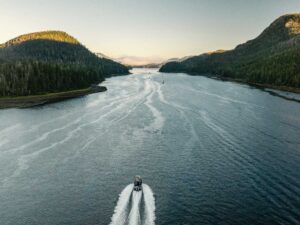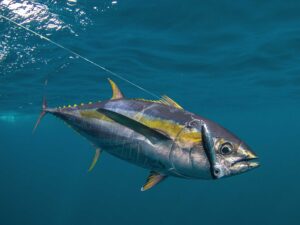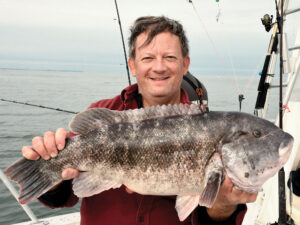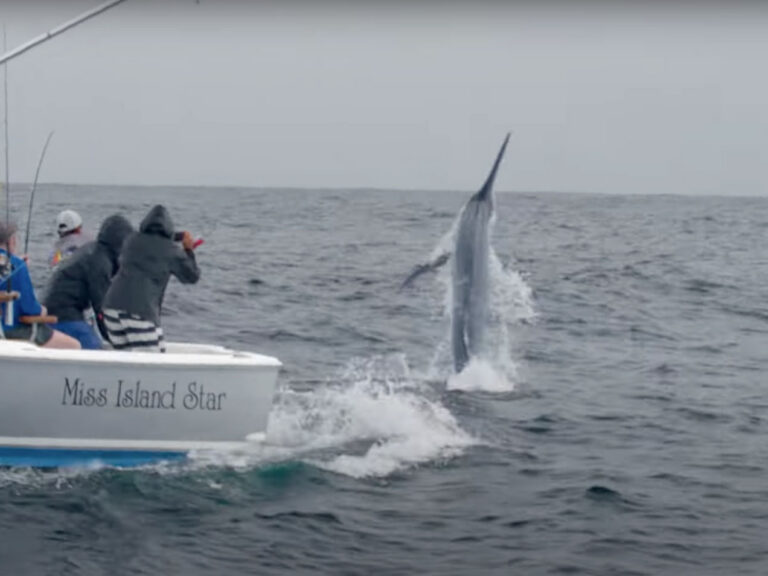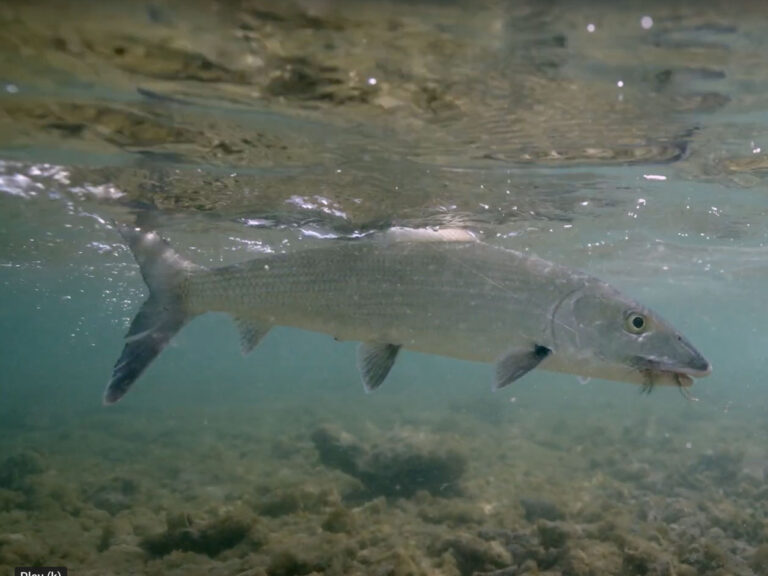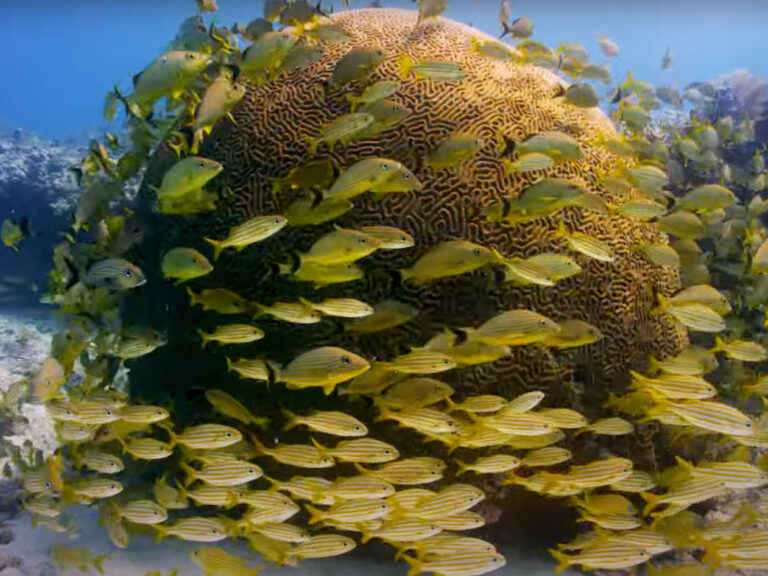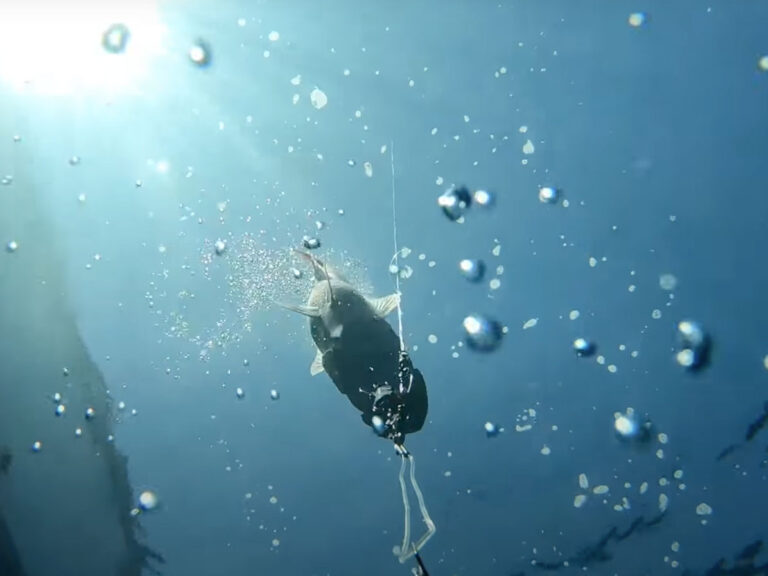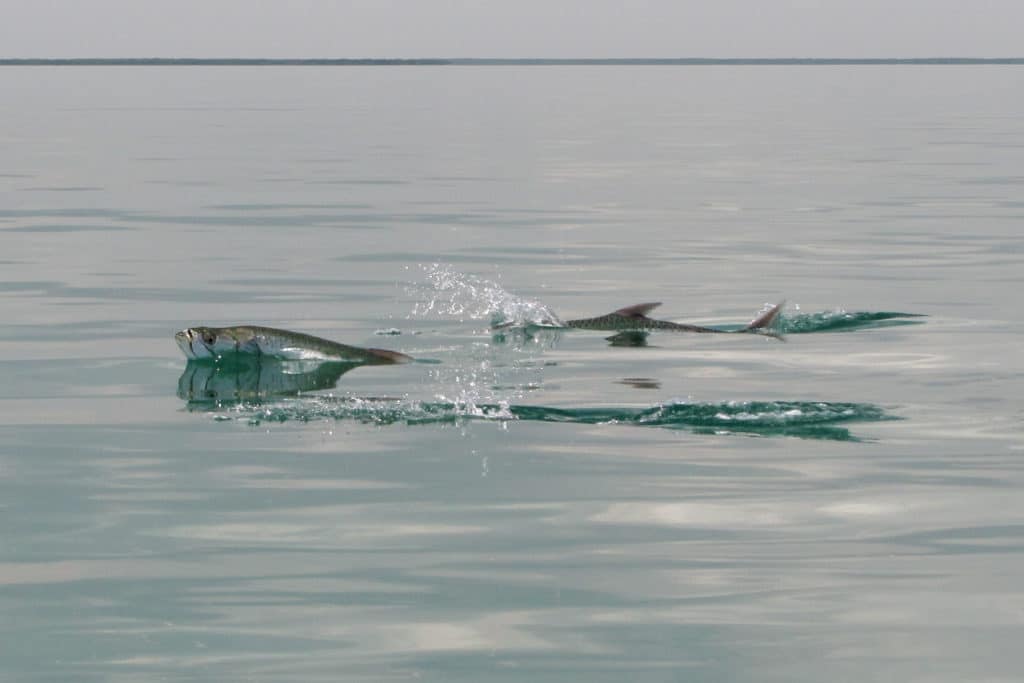
If you’ve felt the adrenaline rush and the sense of accomplishment derived from even modest success with tarpon, you know the fabled “silver king” is in a class all its own. Come April, droves of this challenging game fish are on the move along both coasts of the Sunshine State, and four tarpon pros help you tap into the annual migration and turn near misses and sporadic action into consistent triumphs.
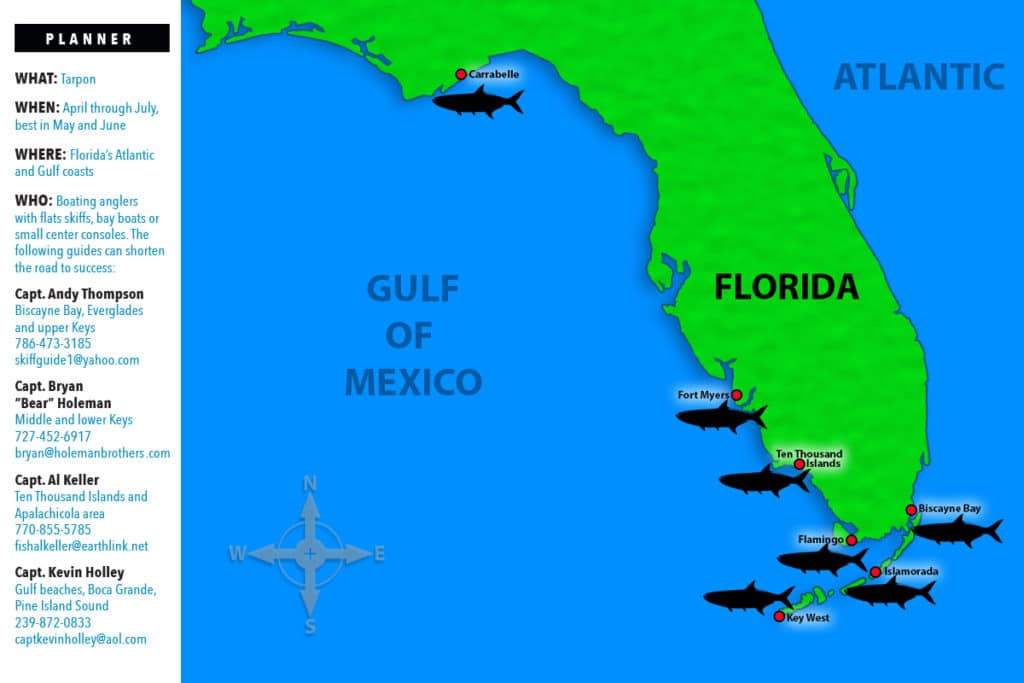
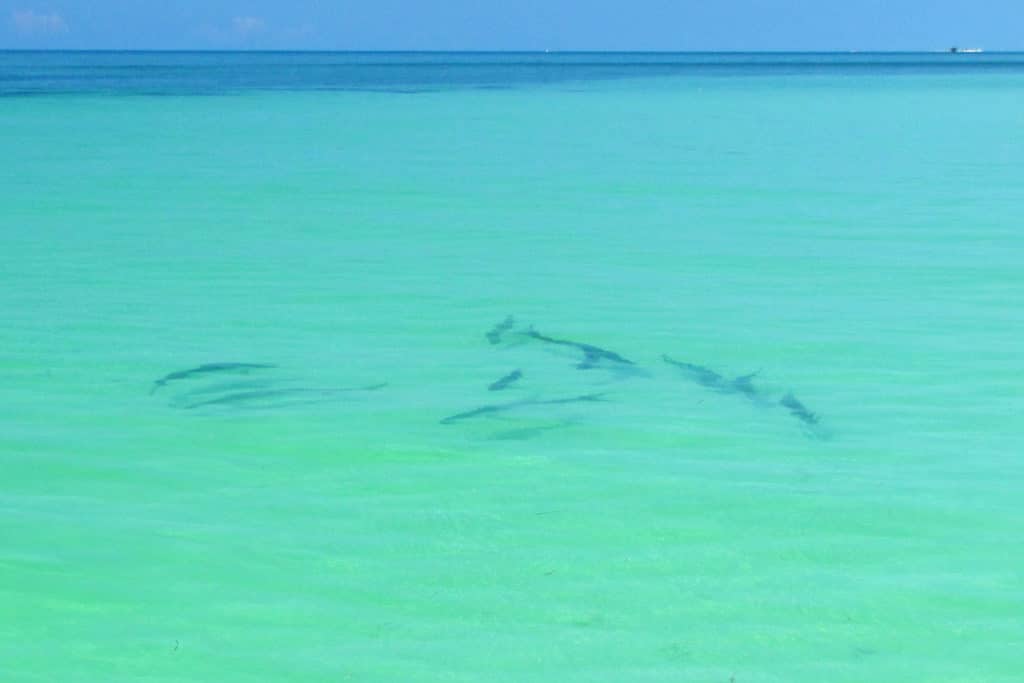
Backdrop Miami
With downtown Miami a scant 15 miles away, Capt. Andy Thompson often targets tarpon in the southeastern reaches of Biscayne Bay. The first few weeks of the migration, beginning in mid-April, he concentrates his efforts on the oceanside flats from the Ragged Keys south to Angelfish Creek, where he gets shots at fish that haven’t yet been run over by unsuspecting boaters or bombarded with lures and flies from countless other anglers. Later on, he heads down to the Upper Keys, where aside from intercepting fish traveling oceanside, Thompson has the option to venture into the backcountry and fish FloridaBay and the Everglades.
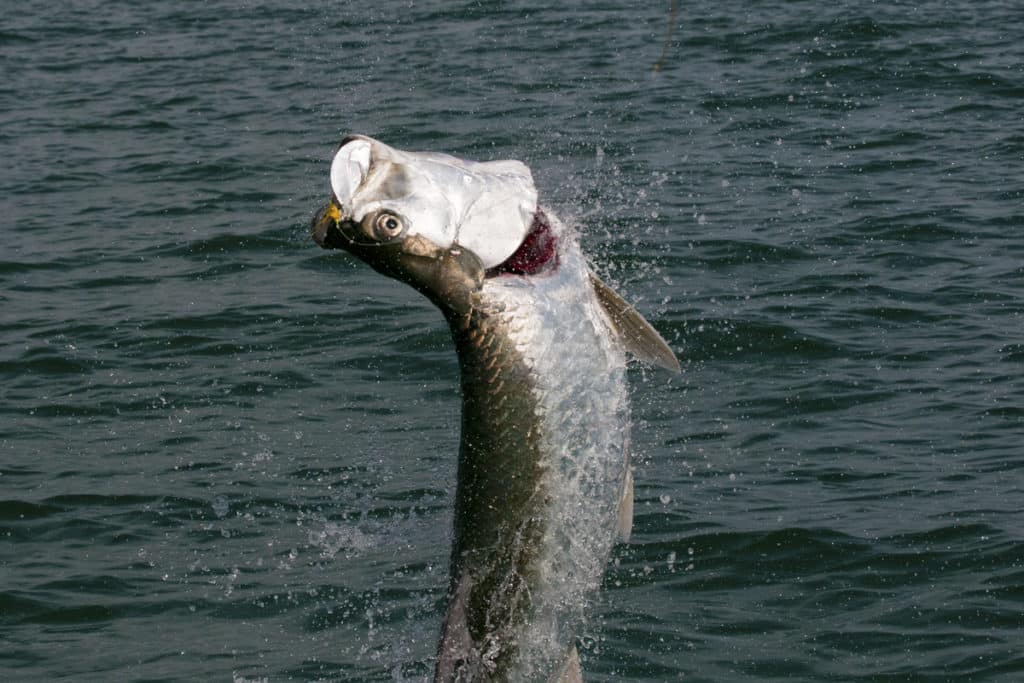
A tarpon’s amazing acrobatics can be absolutely mesmerizing, but don’t forget to bow to the king (point the rod) whenever it jumps to prevent the fish from landing on a taut line and breaking you off.
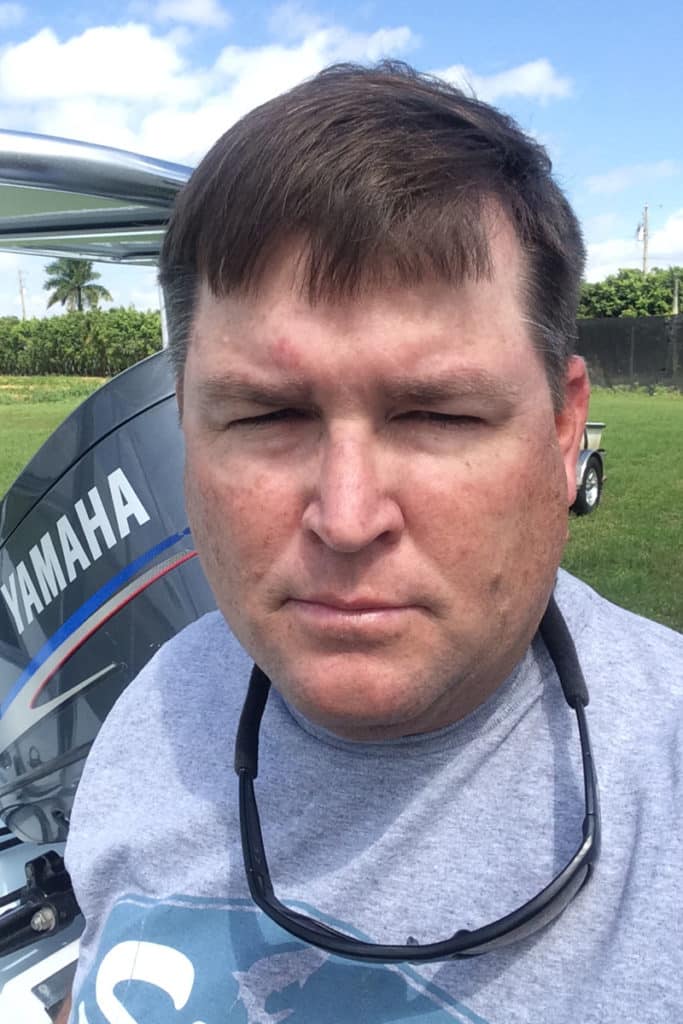
Capt. Andy Thompson’s Pro Tip: “Don’t be afraid to scale down the leader and the fly or lure if you are not getting bites. Sometimes you even have to go with longer leaders and sparsely tied flies.”
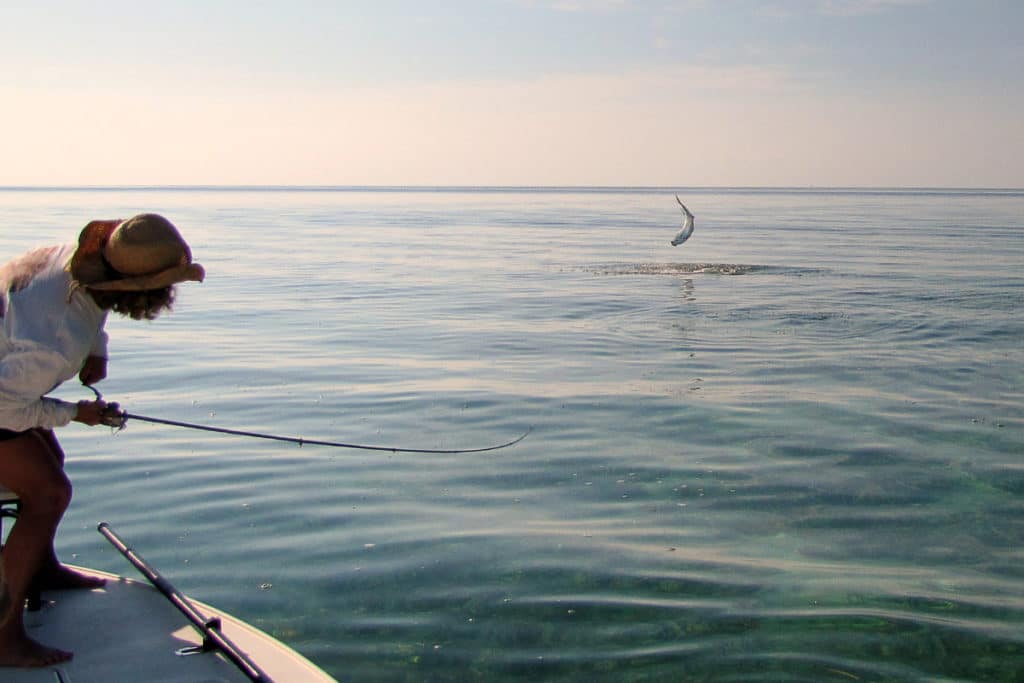
Upper Keys Front and Back
“If it’s a calm morning, I head to the backcountry,” explains Thompson. “But if the wind blows, the ocean flats are the best bet. In the back, laid-up tarpon are hard to see when it’s windy. But ocean fish still move then, and the lighter bottom up front makes them easier to spot.” He adds that, while tarpon cruising along Atlantic-side shallows are generally tougher to fool, they often bite best when the water is a bit murky as result of the wind. Thompson prefers to pole in 4 to 5 feet of water, but in deep bays and channels with a strong current where tarpon sometimes congregate in the backcountry, poling is often not an option. So he put a Minn Kota iPilot in the front of his skiff, and addition the guide claims has proven invaluable.
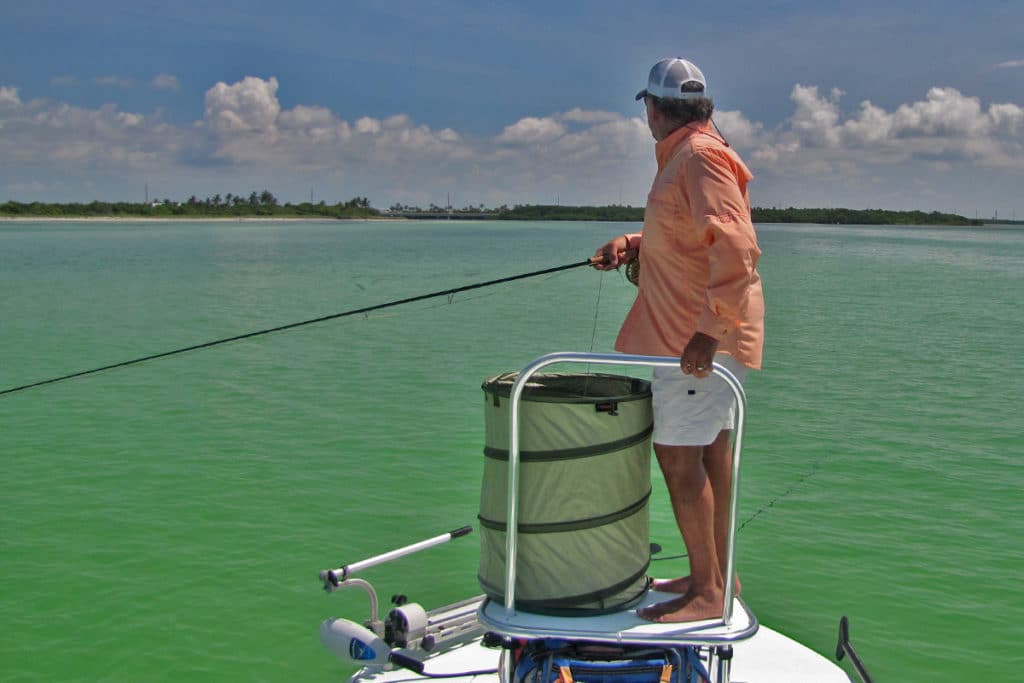
Keep Calm and Pick a Target
When asked about the most common mistake tarpon anglers make, Thompson replied that many tend to hurry and cast too soon. “And most just cast ahead of an incoming school and hope for the best, instead of targeting an individual fish within the school and working the fly or lure based on its reactions.”
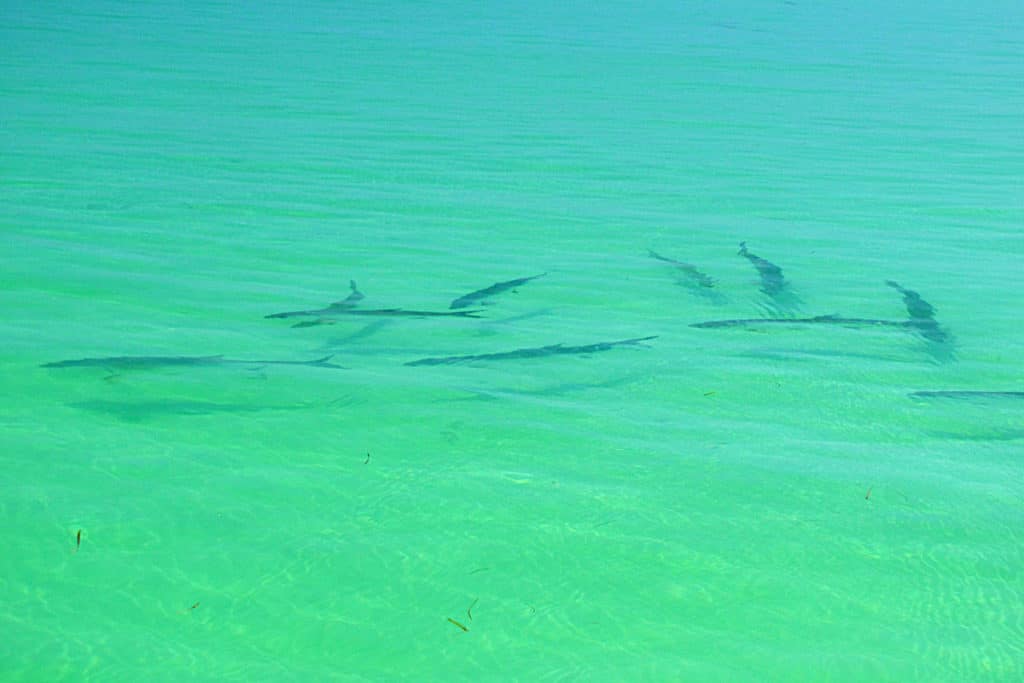
Lower Keys Basin
Capt. Bryan “Bear” Holeman from Key West, Florida, targets tarpon from Marathon down to the Marquesas Keys, but he counts the basins on the Gulf side of the lower keys among his favorite places to tangle with the silver king. “Big tarpon start trickling in as early as February, and some huge laid-up fish can be found there throughout the season,” he explains. Holeman sometimes uses a trolling motor to chase schools or keep his boat put at a specific ambush point, but he’d rather pole parallel to channels or slight depressions, as well as along edges where grass meets sand, especially near points and shallow bars that funnel tarpon down a predictable path.
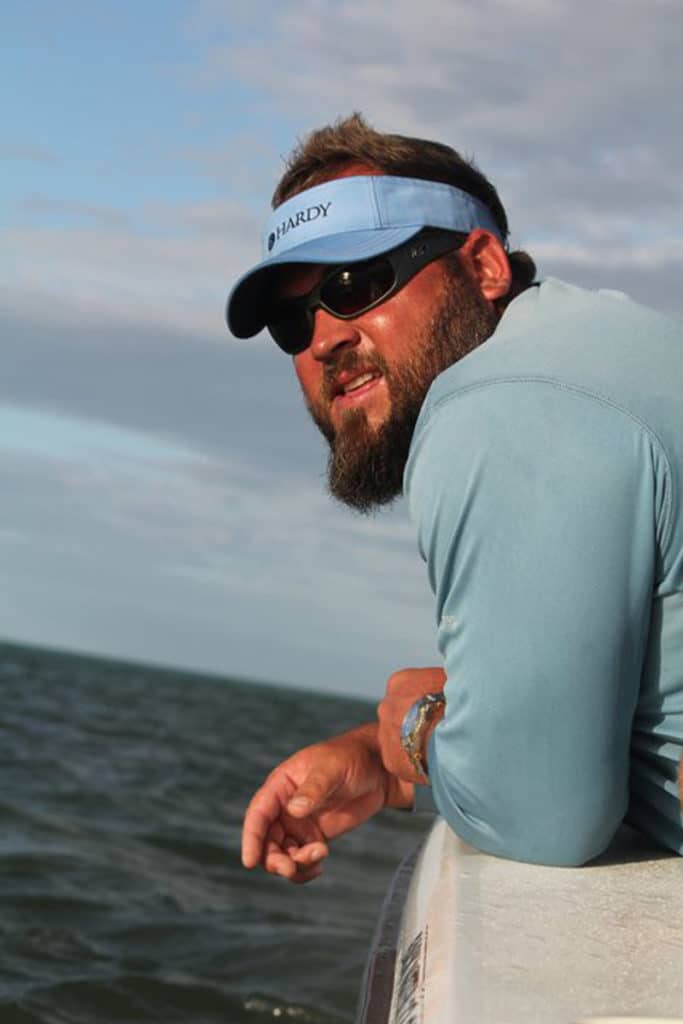
Capt. Brian Holeman’s Pro Tip: “Always keep track of where your lure or fly is in relation to the targeted fish, and do whatever is necessary to keep it in front and within the strike zone.”
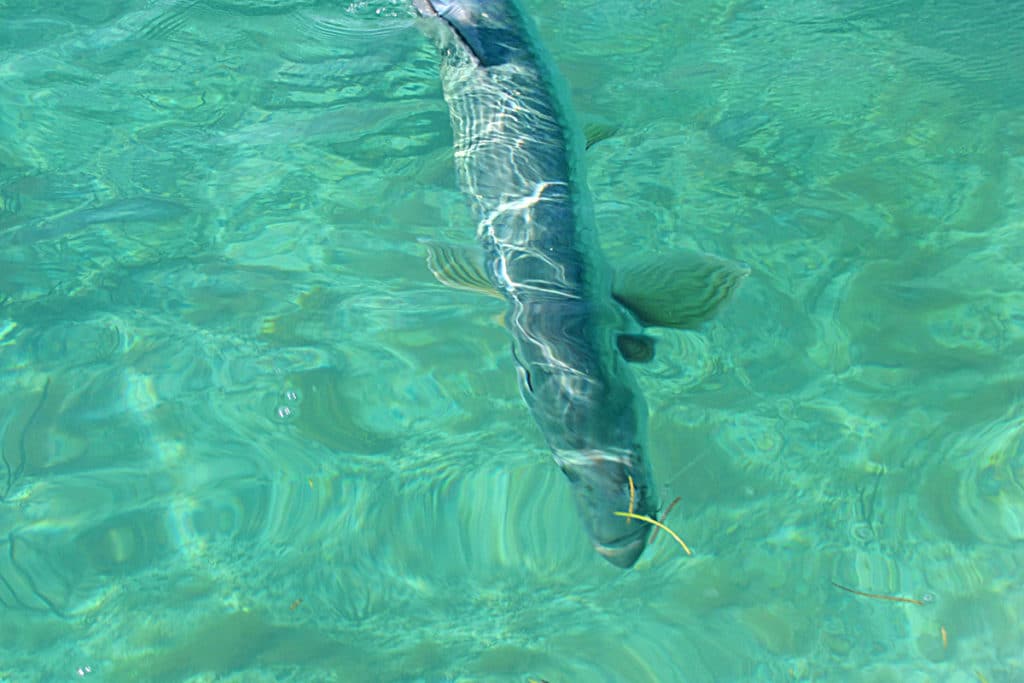
Blow and Flow
Holeman prefers sunny days with a slight wind in the backcountry. And he finds the best action in the Lower Keys often comes after a strong south wind. “Once the wind dies, the water stays cloudy. Then the tarpon are easier to approach, and they usually eat better,” he says. While many anglers favor the big ebbs and floods that occur around the new and full moons, Holeman is particularly fond of a spring rising tide right after a negative low. He says then, aside from benefiting from the strong tidal flow, murky water conditions similar to those after a prolonged southerly blow improve the tarpon bite considerably.
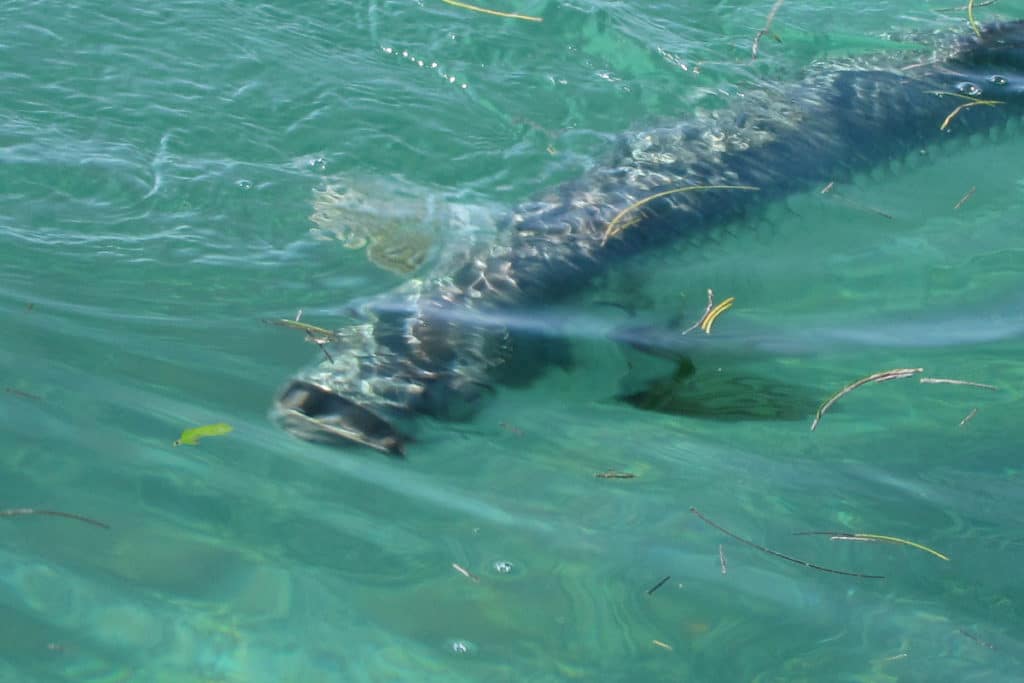
Don’t Give Up
The ideal presentation allows a tarpon to focus on a fly or lure with both eyes, meaning the artificial remains directly in front of the fish as it approaches. But Holeman believes many anglers give up on a fish and quit stripping or reeling too soon. He’s also convinced that even experienced anglers often attempt to set the hook too early. He clarifies that you should keep stripping or reeling until you feel some weight; that way, the hook finds a spot to lodge during the hook-set.
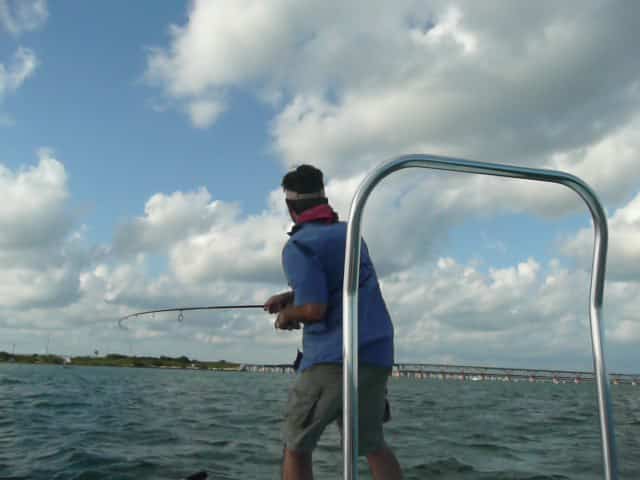
Western Front
Capt. Al Keller chooses the west coast of Florida for his tarpon pursuits. He spends April and May tracking them in the Ten Thousand Islands, near Marco Island, before moving up to Carrabelle to target fish in and around Apalachicola Bay in June and July. Dotted with secluded flats, protected coves and brackish bays alive with baitfish and crustaceans, the Ten Thousand Islands is where migrating tarpon temporarily mingle with resident fish as they seek forage and a rest stop before continuing their journey. Once the water temperature reaches 74 degrees, Keller begins his search here.

Capt. Al Keller’s Pro Tip: “When fishing deep bays and channels, or in stained water, always work the lure or fly all the way to the boat. A tarpon could be tracking it, and the fish will lose interest if you stop or slow down the retrieve.”
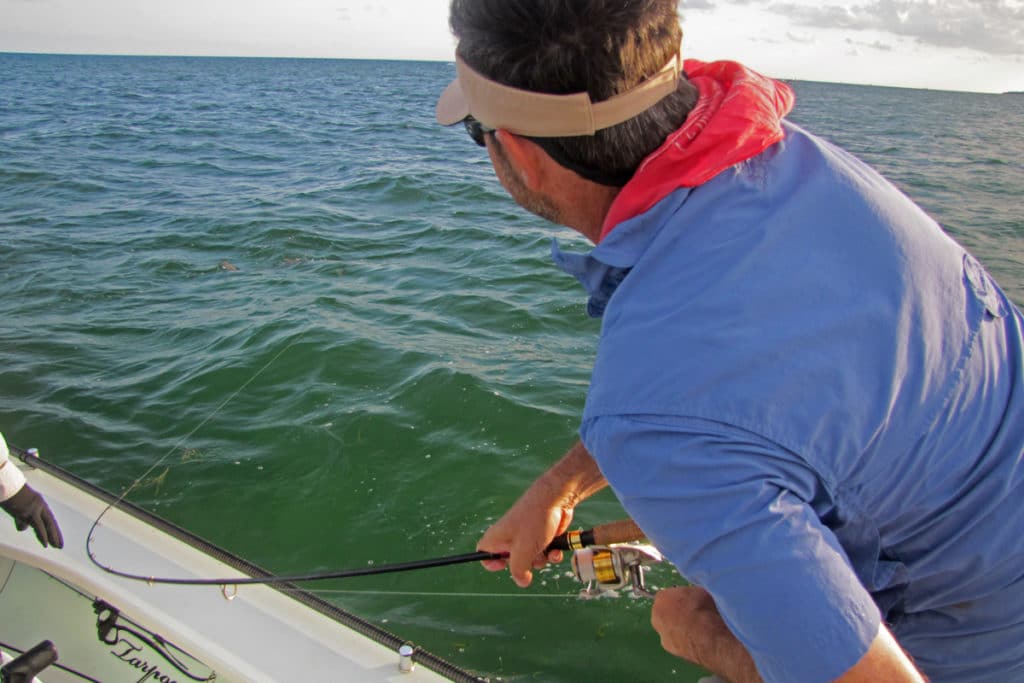
Hide and Seek
“I concentrate on bays with deep creeks in them or nearby that provide the water flow and food supply to hold tarpon,” says Keller. With dark bottom and tannic water often prevalent, the veteran guide relies on spotting fish waking, finning, rolling or busting bait. A light wind is ideal, but he says clear, sunny skies are not as critical. As in other areas, spring tides provide a major boost, and Keller believes a low tide between 9:30 a.m. and 10:30 a.m., three to four days after a new or full moon, typically signals a peak feeding period.
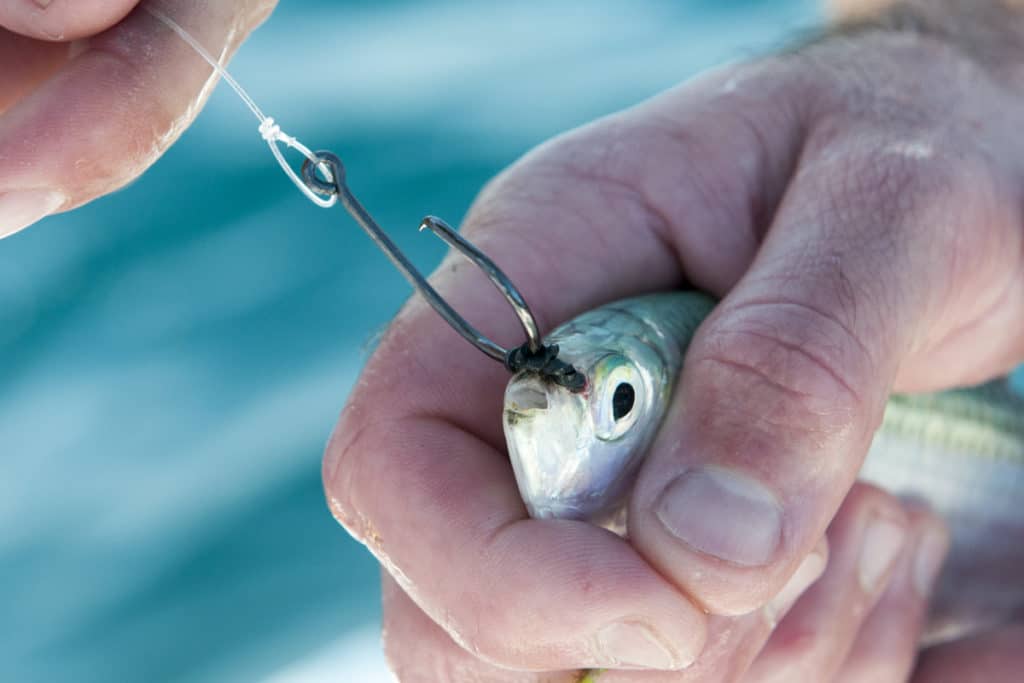
Live-Bait Central
While flies and lures take tarpon in southwest Florida, live-baiting is overwhelmingly more popular. Capt. Kevin Holley has pursued the silver leviathans from Boca Grande Pass south to Fort Myers Beach for many years, and he favors free-lining threadfin herring, but sometimes he opts for crabs, especially after a “hill tide” (very high spring tide), when tarpon gather in the passes to feast on multitudes of crabs pushed by the strong outgoing flow. Out in the Gulf, tides don’t matter, and ambush points are based on the depth — 12 to 28 feet — rather than bottom topography. Water movement, bait aggregations and signs of tarpon are what Holley looks for. When he locates a school, he keeps up with his trolling motor, and he lets his GPS tracking register the path tarpon follow.
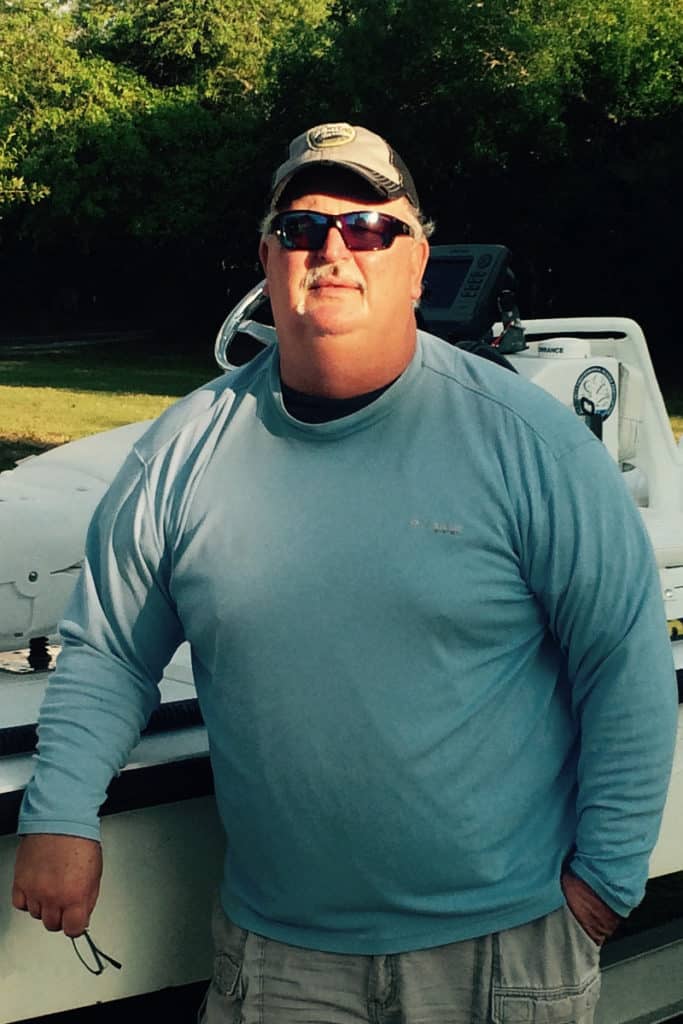
Capt. Kevin Holley’s Pro Tip: “Be sure to always apply side pressure and keep changing rod angles to tire a fish quickly.”
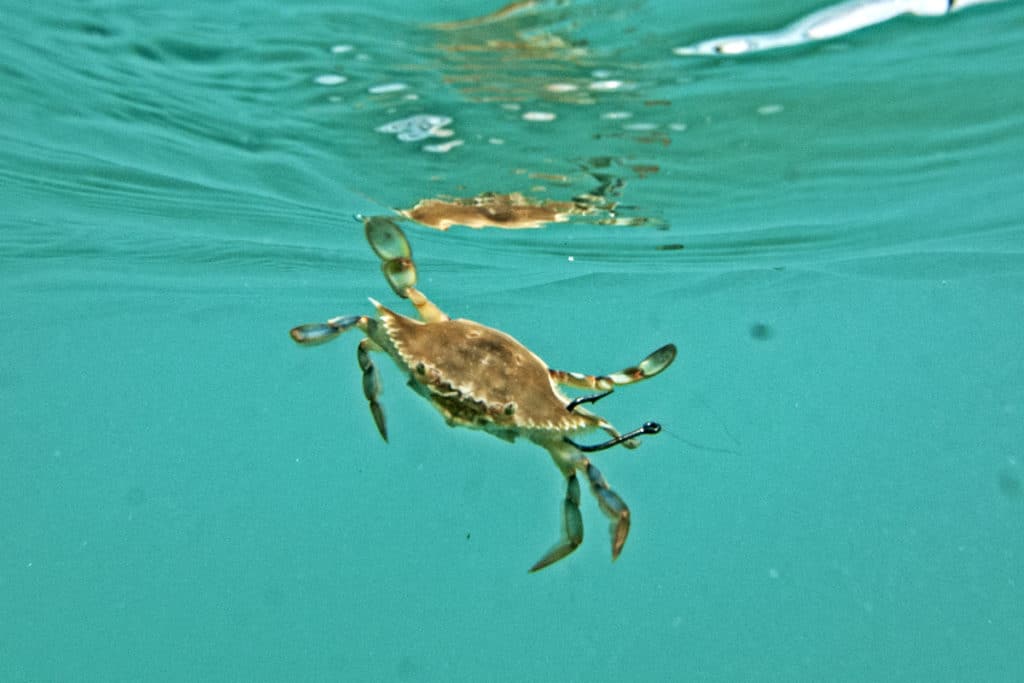
Crab Meal
A live silver dollar-size crab free-lined in the current or fished under a float is very effective, especially in the passes and channels, where tarpon stage and feed on morsels pushed by the tide.
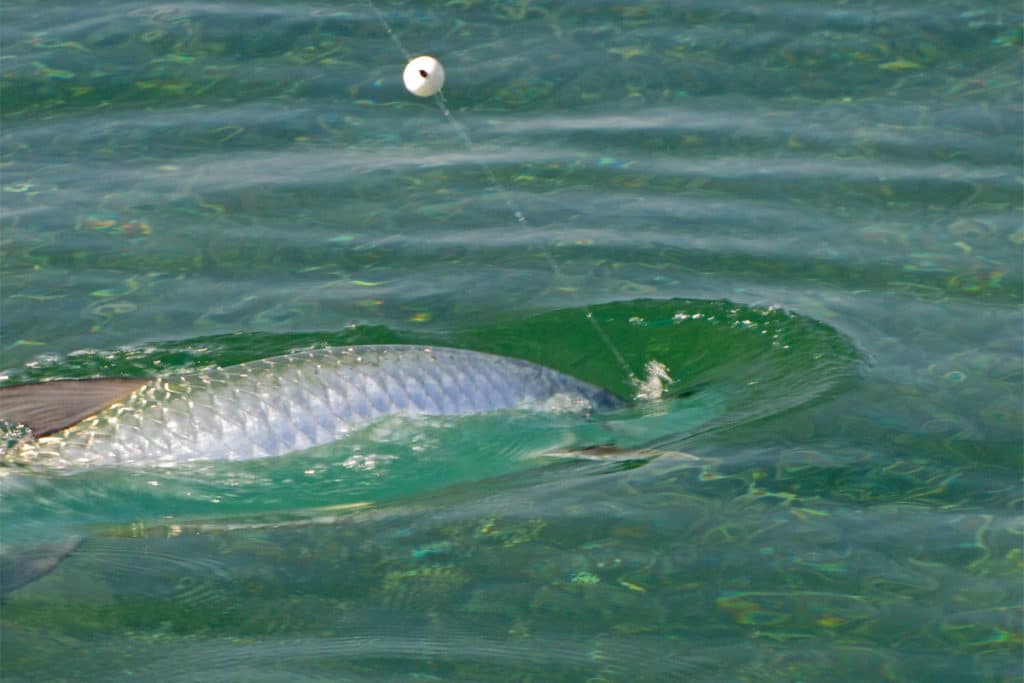
Sound Advice
The last two weeks in May, Holley often looks for fish in Pine island Sound, particularly when strong winds make conditions difficult in open water. In June, he concentrates on Johnson Shoals and other spots near Boca Grande. In late June and July, he targets fish in north Charlotte Harbor. Holley also fishes around shrimp boats anchored as far as 10 miles out, but he catches most tarpon along the beaches. “Off Sanibel Island, I fish from ¼ mile to 2 miles from shore. Off Captiva, where it’s deeper, tarpon travel closer to the beach, from just a few yards to a couple of hundred yards out,” explained the guide.


